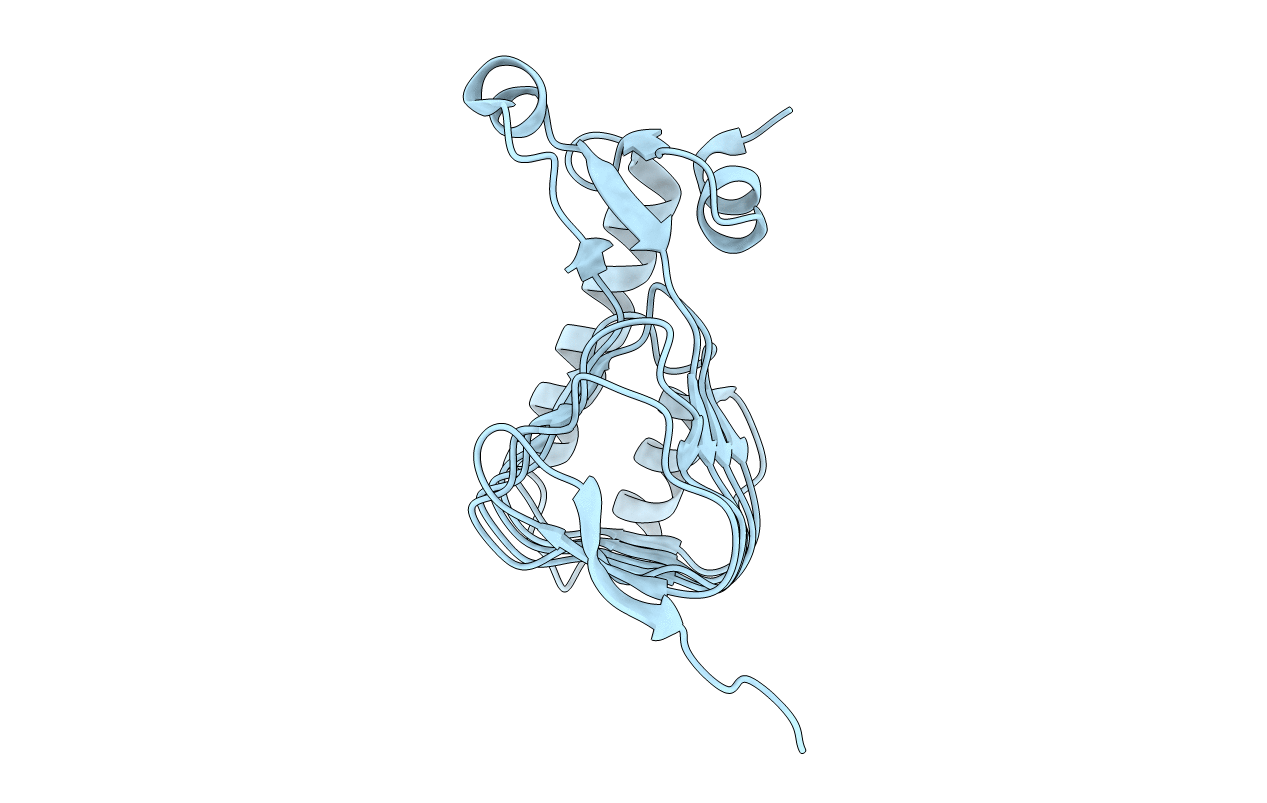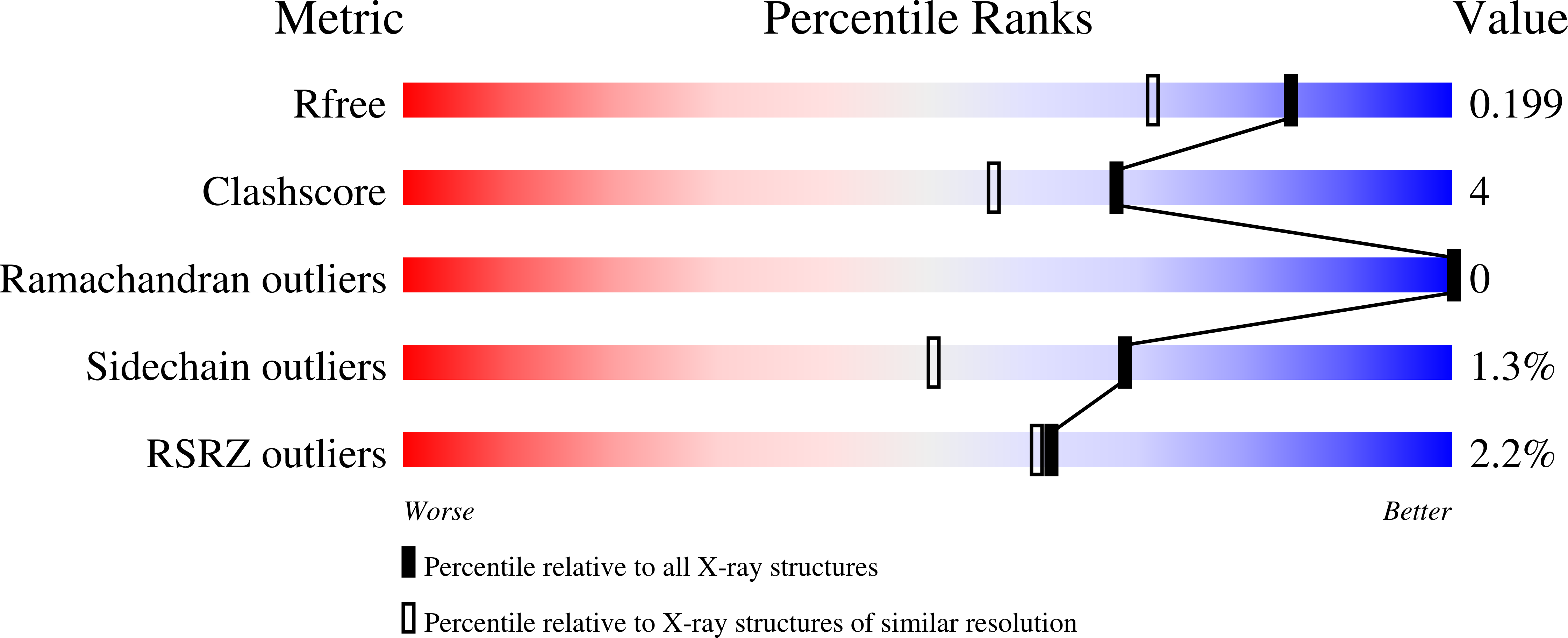
Deposition Date
2009-01-13
Release Date
2009-03-03
Last Version Date
2024-11-06
Entry Detail
PDB ID:
3FTT
Keywords:
Title:
Crystal Structure of the galactoside O-acetyltransferase from Staphylococcus aureus
Biological Source:
Source Organism:
Staphylococcus aureus subsp. aureus COL (Taxon ID: 93062)
Host Organism:
Method Details:
Experimental Method:
Resolution:
1.60 Å
R-Value Free:
0.18
R-Value Work:
0.15
R-Value Observed:
0.16
Space Group:
H 3


